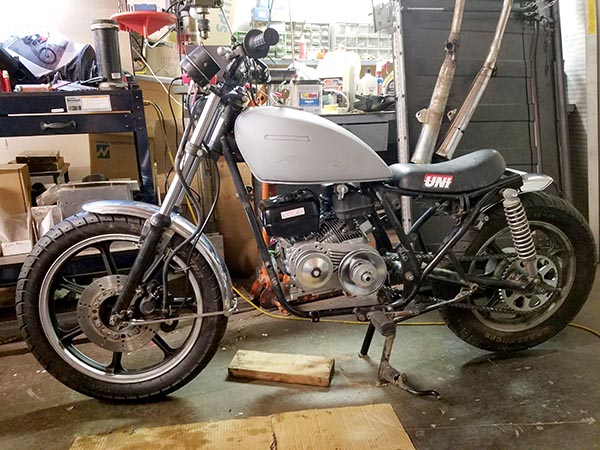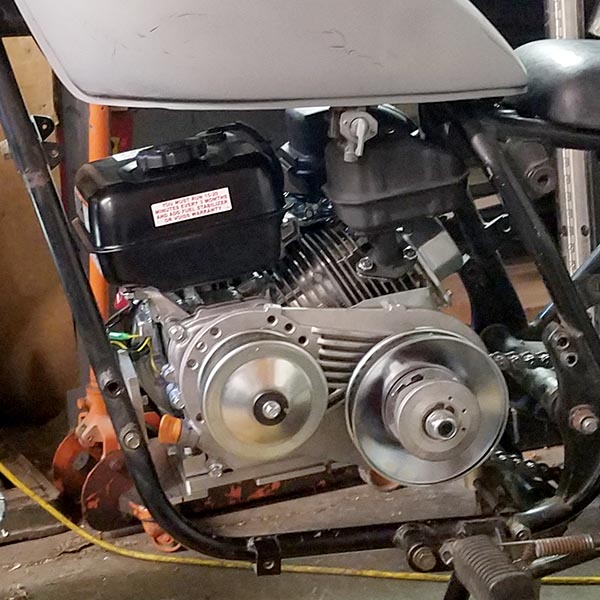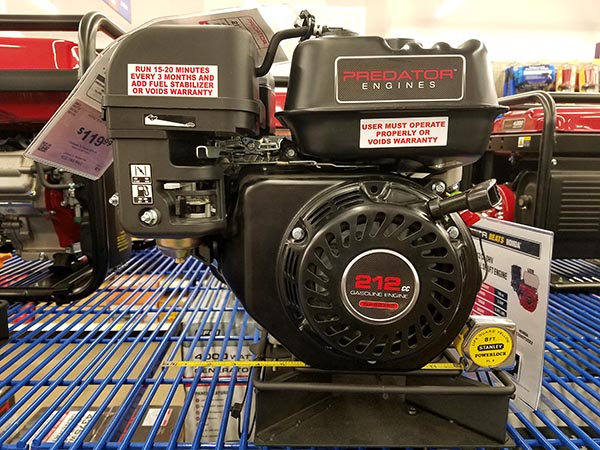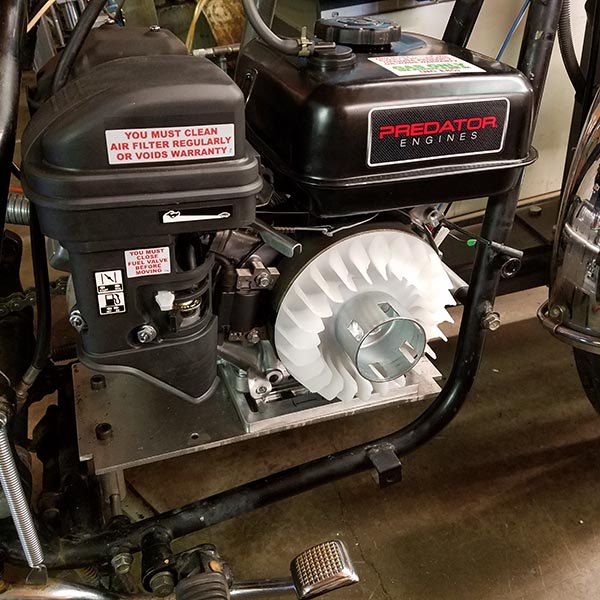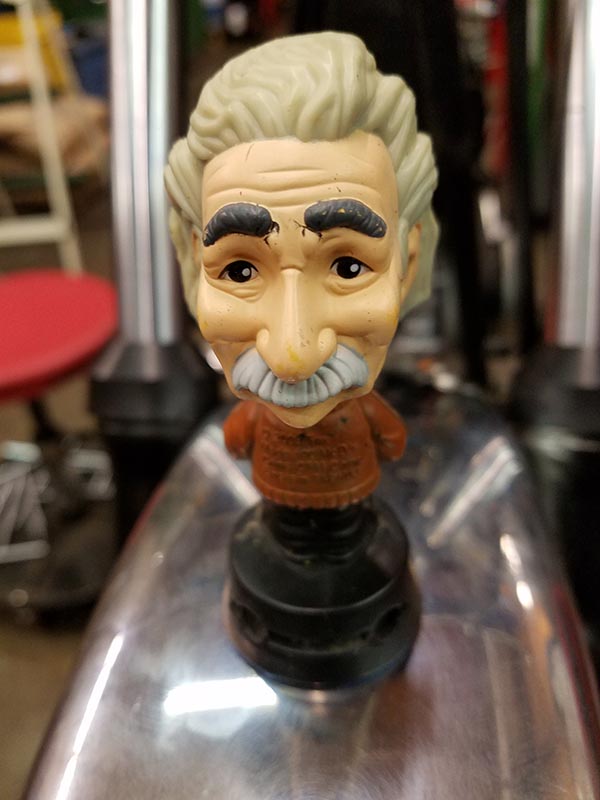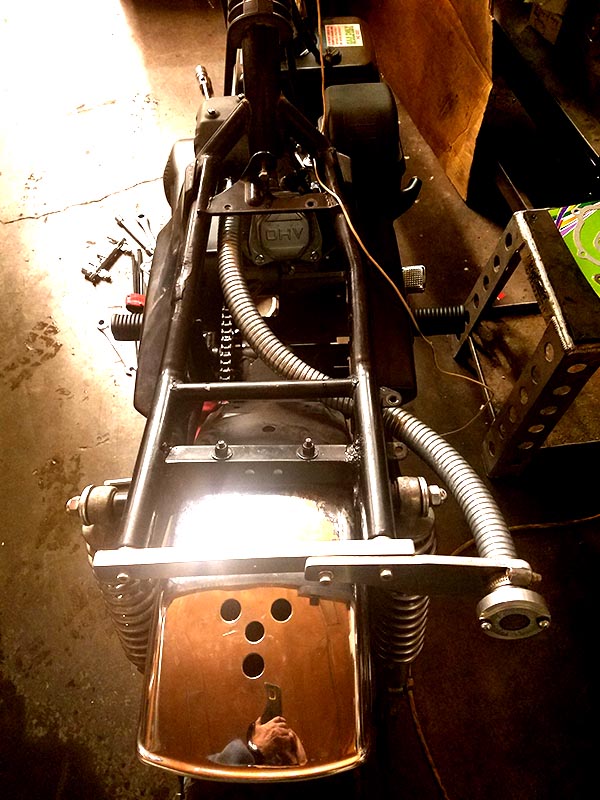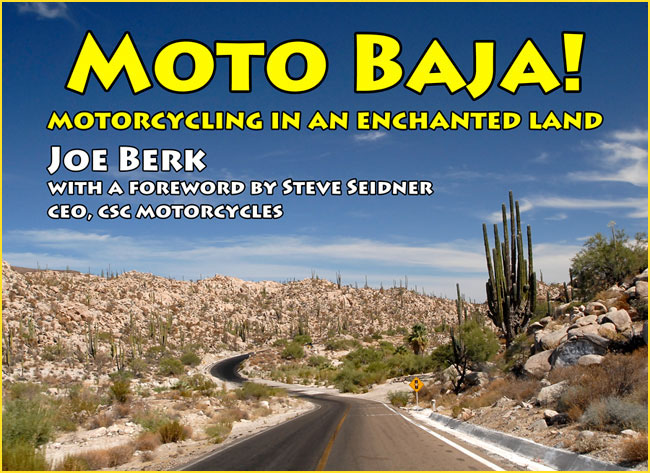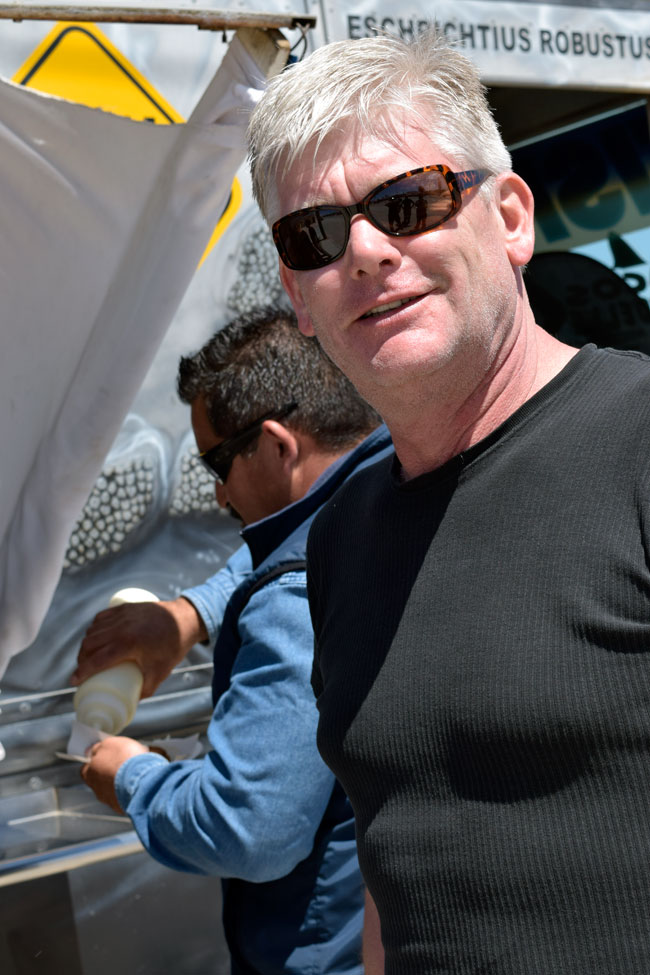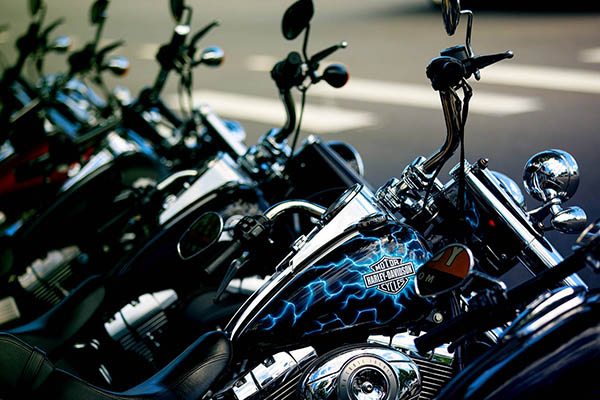 I guess more financial mags are zeroing in on Harley-Davidson’s plans to introduce an electric motorcycle. You saw our post a week or so ago about The Motley Fool and their thoughts on the Livewire. Barron’s, another financial newspaper/advisory service, similarly reported on Harley’s woes but with a twist. This most recent Barron’s article strongly recommended that either Harley move into manufacturing pickup trucks, or allow itself to be acquired by Ford. Yeah, that’s right. Ford. The car company.
I guess more financial mags are zeroing in on Harley-Davidson’s plans to introduce an electric motorcycle. You saw our post a week or so ago about The Motley Fool and their thoughts on the Livewire. Barron’s, another financial newspaper/advisory service, similarly reported on Harley’s woes but with a twist. This most recent Barron’s article strongly recommended that either Harley move into manufacturing pickup trucks, or allow itself to be acquired by Ford. Yeah, that’s right. Ford. The car company.
Ford has already produced F-150 pickups with Harley trim packages (seriously, I can’t make up stuff this good) and they are reintroducing a $100K Harley-themed truck for 2019…
Barron’s reasons that Harley’s brand recognition could help Ford (a company who’s stock price has been tanking for years). The Barron’s article actually recommends Harley as a buy (the stock, not the motorcycle), with a target price of $50 per share if such an acquisition occur (i.e., Ford buying Harley). Seeing as Harley stock (symbol HOG) is currently about $35 per share, Barron’s reasons that could be a wise investment if Ford acquires Harley (which I don’t think will ever happen).
I’m watching all of this in stunned silence. Well, nearly stunned silence, except for the tapping of my laptop’s keyboard as I whip out this blog. $35,000 electric motorcycles. Harley-badged $100,000+ Ford pickup trucks, which presumably will sell to folks whose judgement, common sense, and sobriety has to be questioned. Financial advisors recommending buying Harley stock because if Ford (a company with terrible stock performance) buys Harley (another company with terrible stock performance), the Harley stock price will go up (while Harley’s business has been tanking in a dive so steep they may not be able to pull out of it). Got it. Right.
My take on all of this? It’s hard to take it all in, let alone understand most of it. Your thoughts? Let’s hear them!
Never miss an ExNotes blog…just sign up for our automatic email notifications. We’ll never give your email to anyone else, and you’ll automatically be entered in our quarterly adventure moto book giveaway drawing!

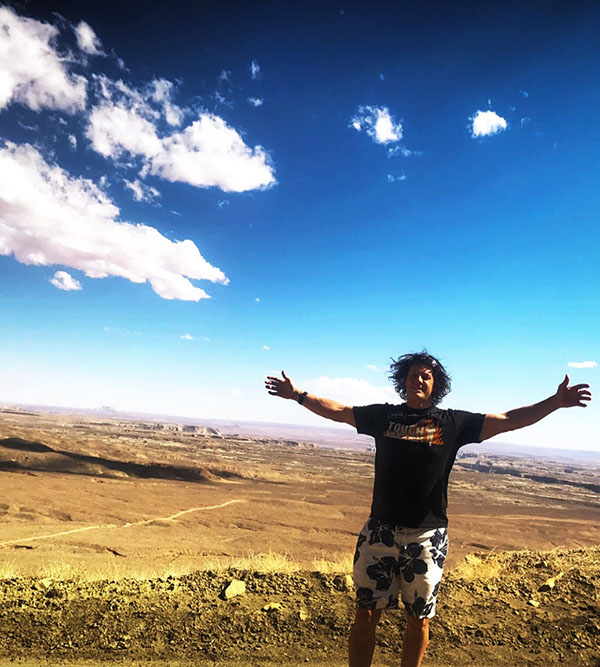

 As I developed my passion for moto camping I began following blogs and Facebook groups to seek out tips and tricks that can make my moto camping experiences more exciting and comfortable. I began to notice that some moto campers on these pages camped in their hammocks full time and didn’t even own a tent. This awoke my curiosity since I always travel with an ENO double nest nylon hammock. On most nights when I camp I usually hang the hammock when I have a few hours to kill where I can get comfortable and read a book or just gaze into the campfire after a long day of riding. Even though I travel and use a hammock frequently I never thought of sleeping in my hammock while camping prior to reading these blogs.
As I developed my passion for moto camping I began following blogs and Facebook groups to seek out tips and tricks that can make my moto camping experiences more exciting and comfortable. I began to notice that some moto campers on these pages camped in their hammocks full time and didn’t even own a tent. This awoke my curiosity since I always travel with an ENO double nest nylon hammock. On most nights when I camp I usually hang the hammock when I have a few hours to kill where I can get comfortable and read a book or just gaze into the campfire after a long day of riding. Even though I travel and use a hammock frequently I never thought of sleeping in my hammock while camping prior to reading these blogs.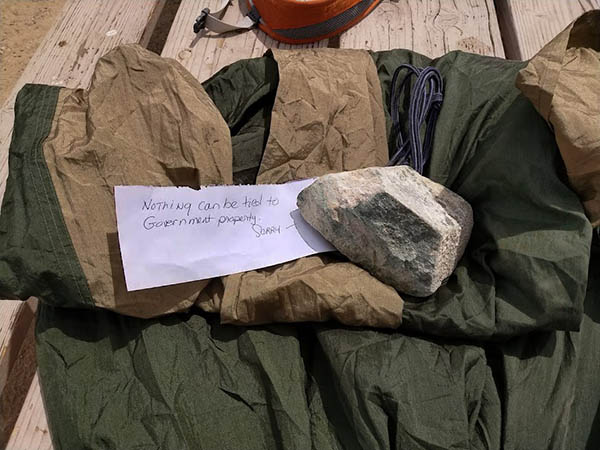 I enjoy the unique experience of hammock camping and whenever conditions are right have continued to camp in my hammock. I am now in the habit of setting up both my tent and hammock at my campsites and go with how I feel, the weather, and my surroundings. Hammock camping is another option to have, and with moto camping having more options is never a bad thing.
I enjoy the unique experience of hammock camping and whenever conditions are right have continued to camp in my hammock. I am now in the habit of setting up both my tent and hammock at my campsites and go with how I feel, the weather, and my surroundings. Hammock camping is another option to have, and with moto camping having more options is never a bad thing. And there you have it. No doubt there are more highly-charged comments posted by the time you read this. I stopped reading them and posting responses because I thought I might offend someone, or maybe even be offended myself. But then, I always have had a short fuse…
And there you have it. No doubt there are more highly-charged comments posted by the time you read this. I stopped reading them and posting responses because I thought I might offend someone, or maybe even be offended myself. But then, I always have had a short fuse…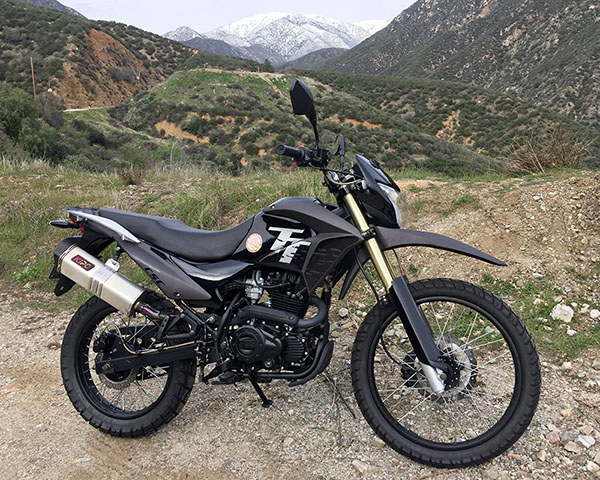
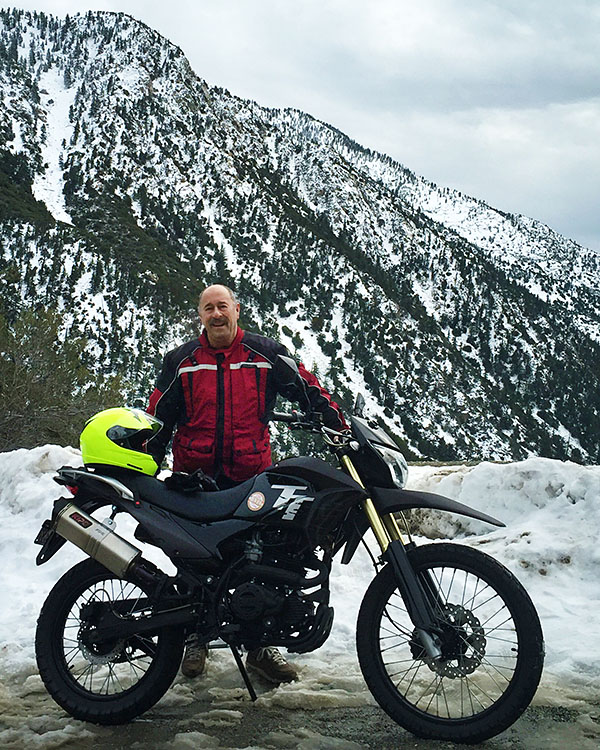
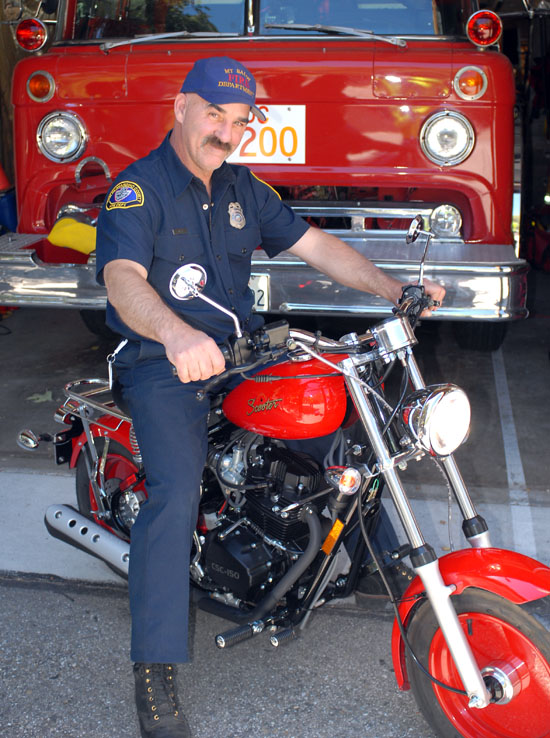
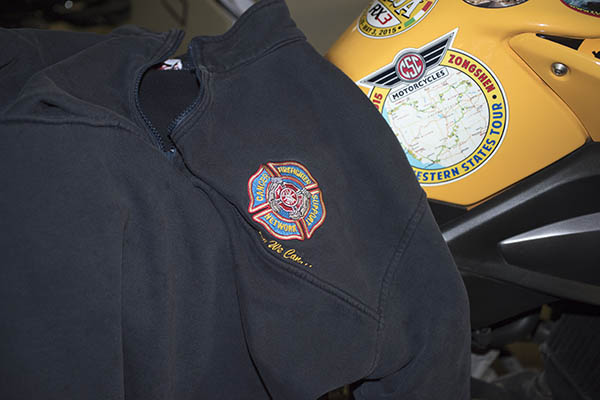



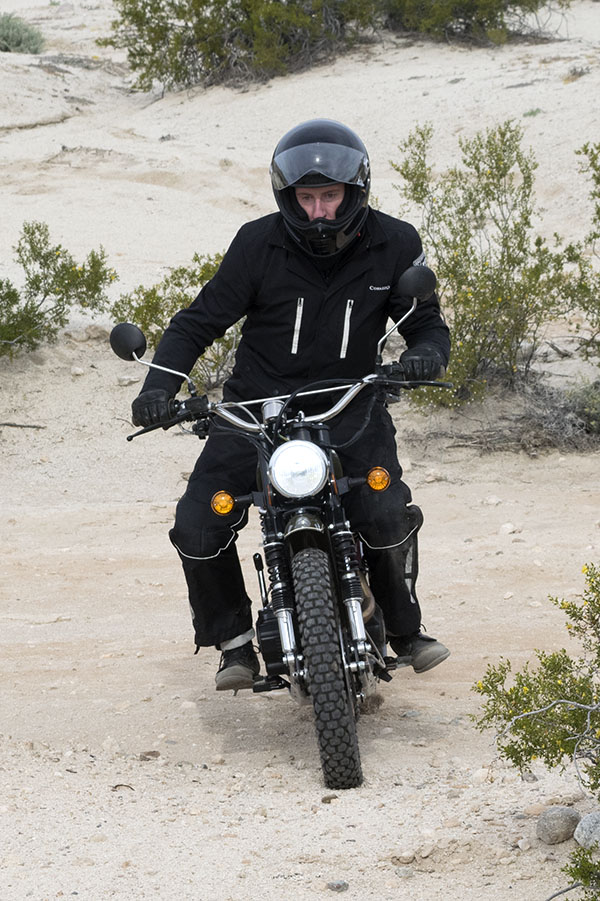

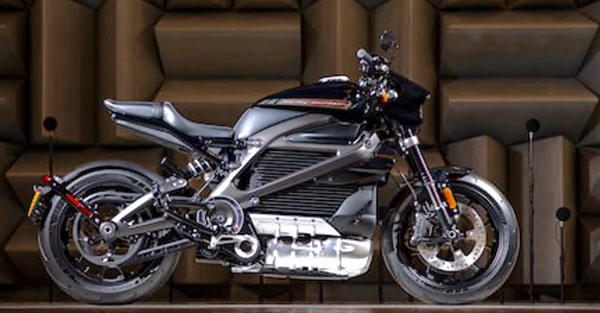 The Motley Fool is an investment advisory service newsletter I’ve been following since the 1990s, and my take on things is they generally have good advice and make predictions that have proven to be sound. Most recently, The Motley Fool published an article (
The Motley Fool is an investment advisory service newsletter I’ve been following since the 1990s, and my take on things is they generally have good advice and make predictions that have proven to be sound. Most recently, The Motley Fool published an article (

